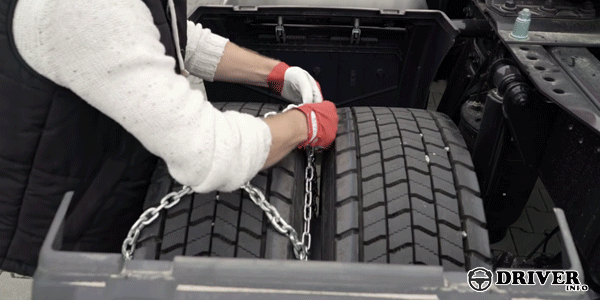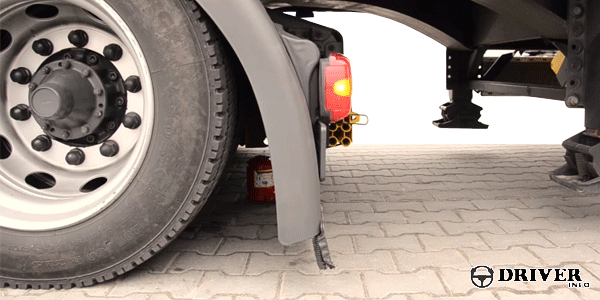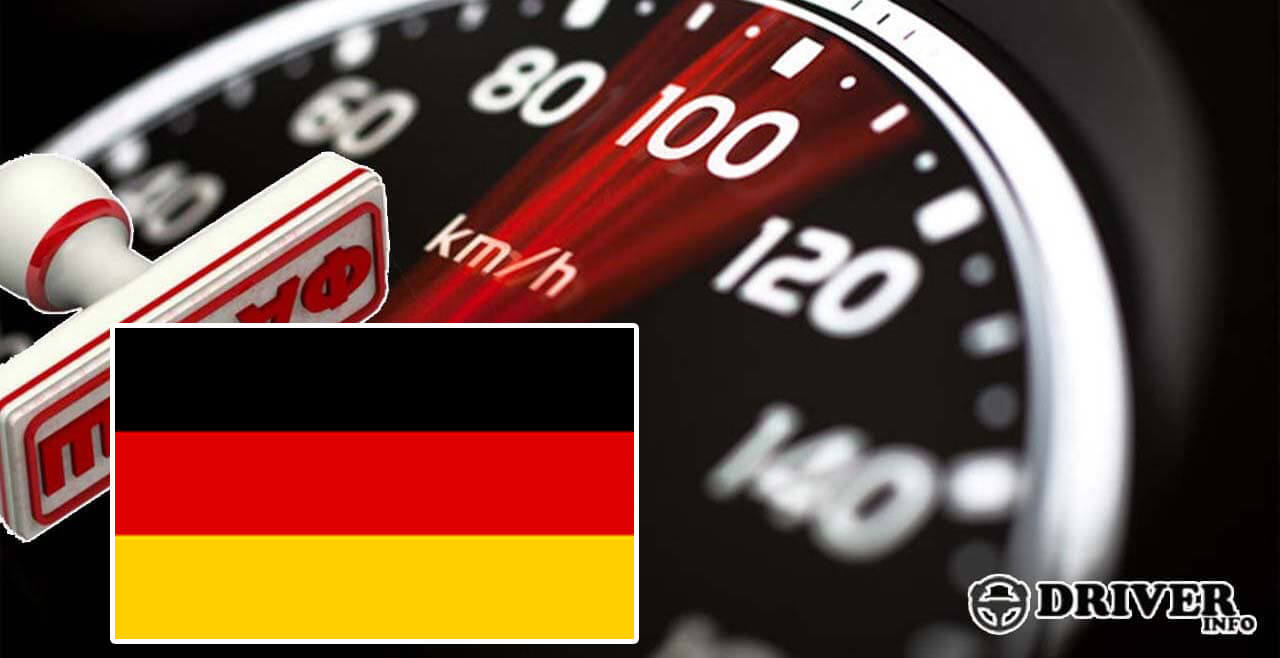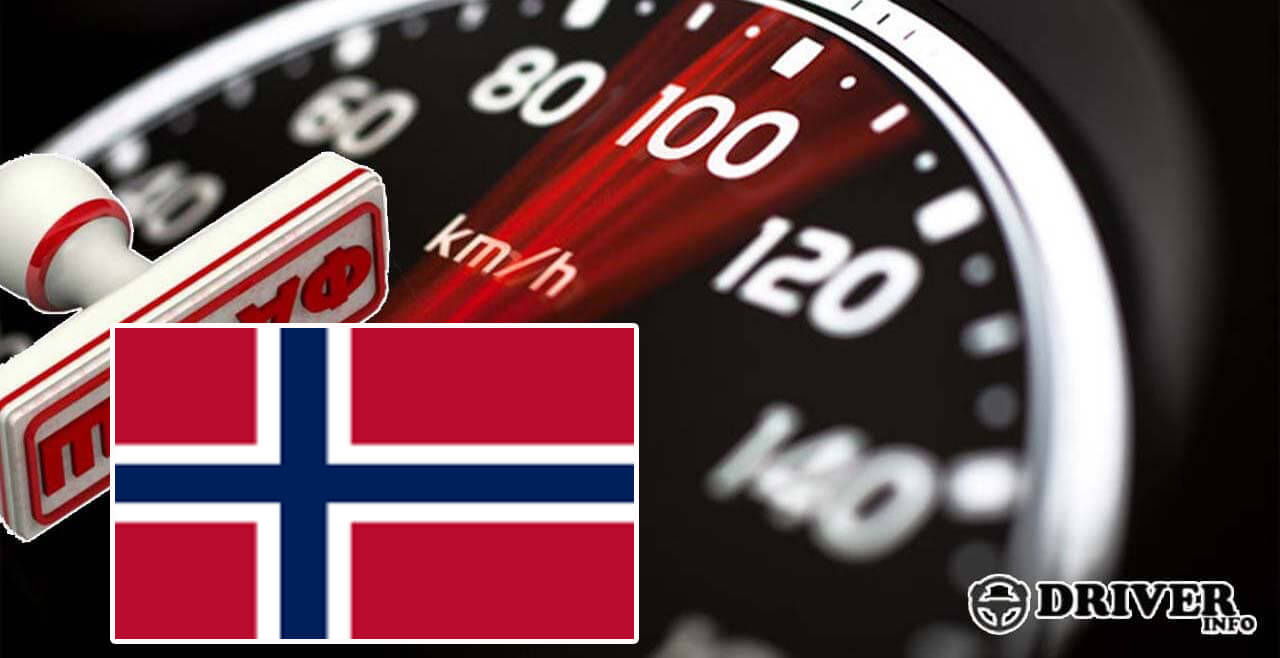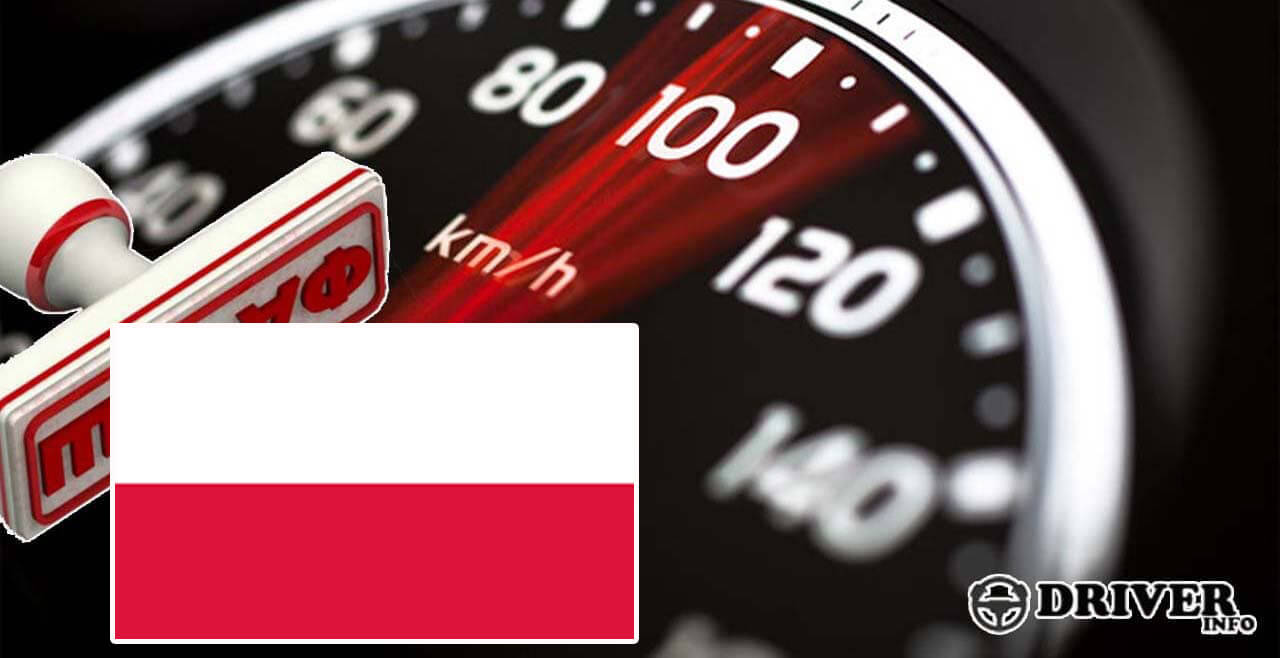Most truck drivers have experienced the need to put chains on a truck's wheels at least once in their career. For a driver who drives in Scandinavia, this is a common thing, but for most of those who drive in Western Europe, chains are an inventory that even rarely catches your eye.
In this article, we decided to describe in detail the process of putting on chains, or rather the 3 most common ways to do it.
IMPORTANT! Be sure to follow the safety rules while working on the road. Put on a reflective vest and put up a warning triangle at a distance that ensures road safety, but: no closer than 20 m to the vehicle in built-up areas and 40 m outside of them (during icy conditions, distances should be greater). If you are on the road, be aware of the movement of cars next to you.
Before starting, you should:
- Lay out the chains (locks with elastic bands or springs outward), check them for damage;
- Clear a small section of the road in front of or behind the wheels from snow or ice so that you can run into chains (you can boil water in a kettle and melt the snow in front of the driving wheels);
- Remove the rear wing cover, gaining more space and leaving the cover itself undamaged;
- Raise the rear of the truck to the maximum height.
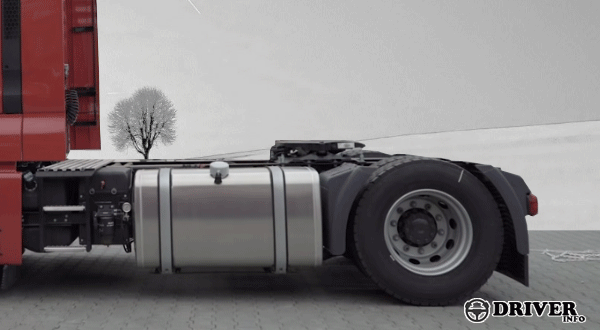
Method number 1 (we put the chains on the wheel from above)
- We put the chain on top of the wheel, align it in the center and straighten it;
- Repeating the steps from the previous paragraph with another wheel, we slowly run into the chains;
- First, pulling the chain, we fasten the inner lock, then we pull the chain towards ourselves (on the outer side of the wheel), fasten the outer lock and tighten the chain diagonally with a lock with an elastic band and fix it on the hook;
- IMPORTANT! After installation, after driving 100-150 meters, you should stop and check the tension of the chains again! This item is required, regardless of the installation method you choose.
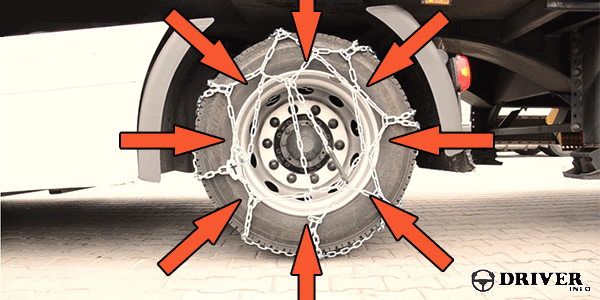
Method number 2 (we run into chains)
- We spread the chains exactly behind the wheels;
- Slowly we run into the chains and try to stop in the middle;
- First, pulling the chain, we fasten the inner lock, then we pull the chain towards ourselves (on the outer side of the wheel), fasten the outer lock and tighten the chain diagonally with a lock with an elastic band and fix it on the hook;
- IMPORTANT! After installation, after driving 100-150 meters, you should stop and check the tension of the chains again!
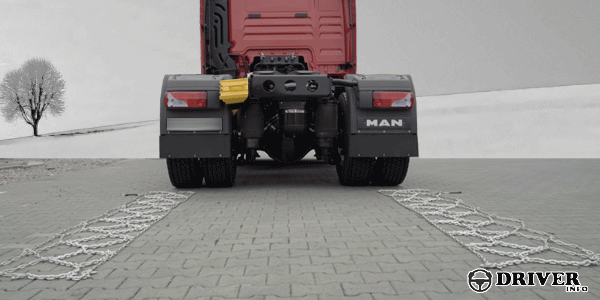
Method number 3 (we put on chains with a jack)
This method is best used when it is not possible to run into chains (the truck is slipping and cannot move).
IMPORTANT! We recommend using this method only as a last resort due to the increased danger!
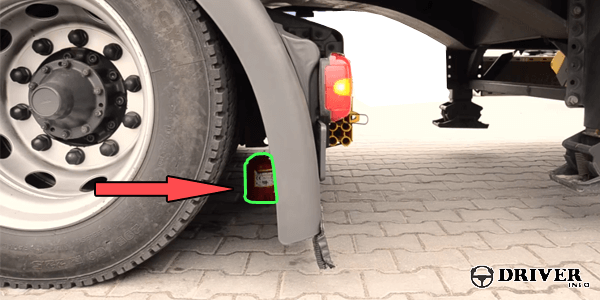
IMPORTANT! Remember that when driving with chains, you must not exceed the speed of 50 km / h, you must not start off and brake sharply. As soon as you leave the asphalt, the chains must be removed immediately (when you drive into the tunnel, the chains must also be removed). Don't forget to use the differential lock.
| Country | Truck chains |
|---|---|
| Albania | Use according to signs and weather conditions. The presence of chains on the driving axle mandatory |
| Austria | Use according to weather conditions. In the period from November 1 to April 15, the car must be mandatory equipped with at least two drive axle chains |
| Belgium | Use is permitted on snowy and icy roads |
| Belarus | Use is permitted on snowy and icy roads |
| Bosnia and Herzegovina | Mandatory presence of chains in the car from November 15 to April 15 |
| Bulgaria | Mandatory presence of chains in the car from November to March 31. Use according to signs |
| Croatia | Chains required in some regions. When using SU tires, their use on drive axles (regardless of region) is necessary in bad weather conditions |
| Montenegro | Use according to signs and weather conditions. The presence of chains for the leading axis is mandatory |
| Czech Republic | Mandatory use of at least two wheels of the drive axle, depending on road signs. Only valid for vehicles with more than 2 axles |
| Denmark | Allowed from 1 November to 15 April |
| Estonia | Use is permitted on snowy and icy roads |
| Finland | Use is permitted on snowy and icy roads |
| France | Use depending on road signs |
| Spain | For cars up to 7.5 tons that do not have winter tires, use on mountain roads is allowed (15 / TV-87) |
| Netherlands | Prohibited on public roads |
| Ireland | Permitted on snowy and icy roads |
| Kosovo | The presence of chains for the leading axis mandatory. Use depending on road signs |
| Liechtenstein | Use is permitted in lowland areas. In mountainous areas, road signs will inform you about the need to use them |
| Lithuania | Permitted on snowy and icy roads |
| Latvia | Permitted on snowy and icy roads |
| Luxembourg | Permitted on snowy and icy roads |
| Macedonia | Chains mandatory from October 15 to March 15 if winter tires are not available |
| Germany | Use according to traffic signs |
| Norway | From November 1st until the first Sunday after Easter, the truck with trailer must be required equipped with 7 chains |
| Poland | Road signs inform about the mandatory use of snow chains. In other cases, driving on snowy or icy roads is allowed |
| Portugal | Permitted only where it is indicated by road signs |
| Romania | The presence of chains mandatory. Use in places marked with road signs |
| Serbia | The presence of chains for the leading axis mandatory. Use depending on road signs |
| Slovakia | The presence of chains is mandatory |
| Slovenia | The presence of chains required if there are no winter tires |
| Switzerland | Road signs inform about the mandatory use of snow chains. However, the authorities may additionally order their use |
| Sweden | It is recommended to have chains in the car |
| Turkey | Snow chains are allowed, but this does not relieve you of the obligation to have winter tires |
| Ukraine | Driving on snowy and icy roads is allowed |
| Hungary | Permitted only on snowy and icy roads. The speed limit when using chains is 50 km/h. In addition, without chains, foreign cars may not be allowed to enter the country |
| Great Britain | Permitted only on snowy and icy roads |
| Italy | The car must have anti-slip devices. Chains are one of the alternatives |


